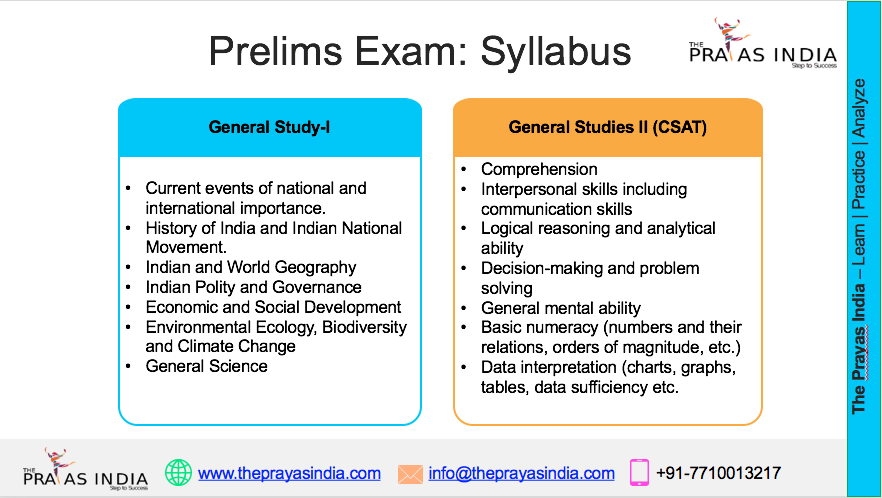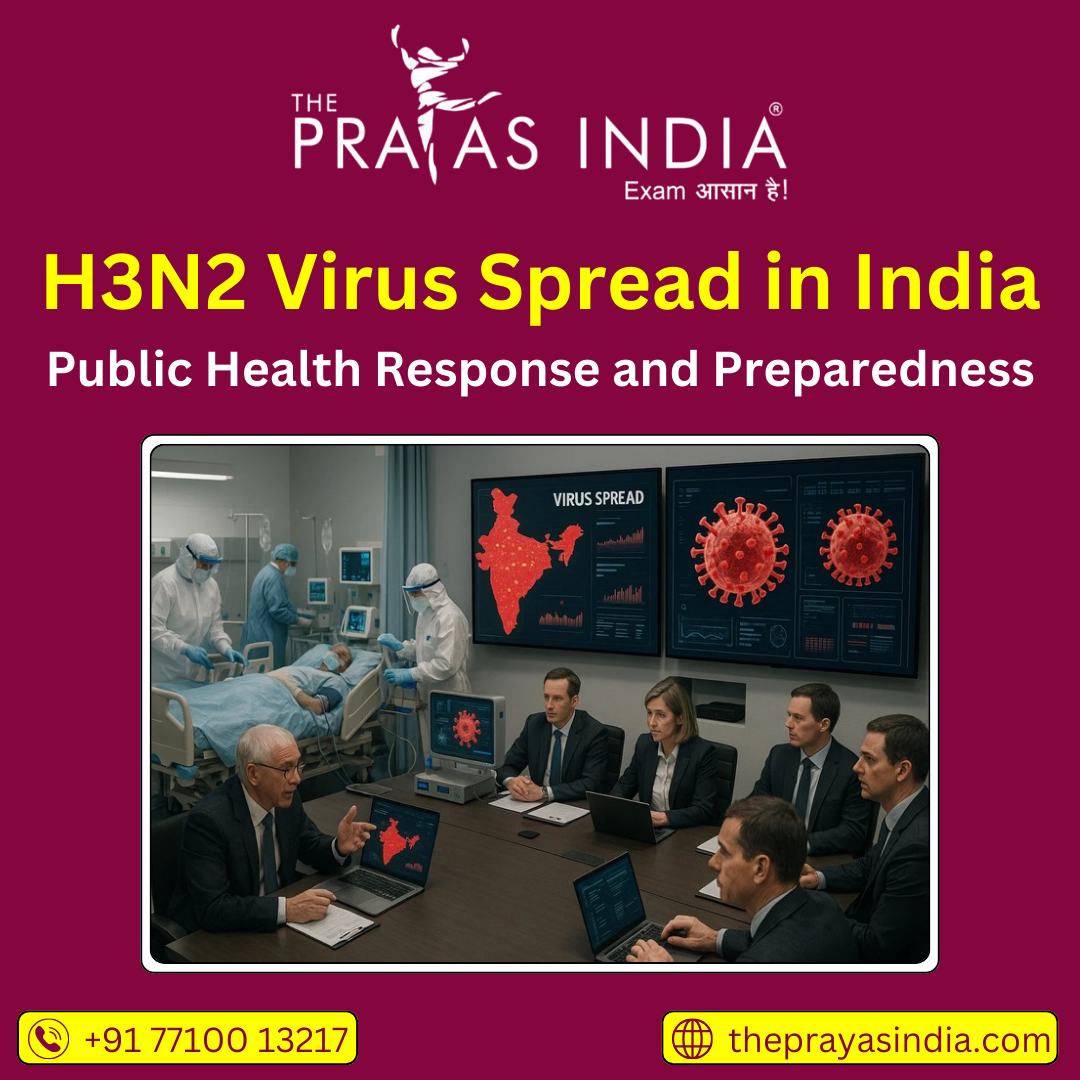State of World Population Report 2025: Key Findings and Exam Relevance
The United Nations Population Fund (UNFPA) released its State of World Population Report 2025, titled “The Real Fertility Crisis,” shedding light on a pressing issue that goes beyond just numbers—reproductive autonomy. While the public discourse often centers on whether the population is too large or too small, this report emphasizes that millions of individuals in India are unable to achieve their desired family size due to systemic barriers.
Unintended Pregnancies and Unmet Goals
A significant insight from the report is that 36% of Indian adults experience unintended pregnancies. Many respondents revealed that they are not able to have the number of children they desire. The most cited reason is financial constraints, followed by job insecurity, inadequate housing, and lack of accessible childcare. These issues combine to restrict reproductive choices and highlight the gap between aspiration and reality.
Fertility Trends and Regional Variations
India’s Total Fertility Rate (TFR) has declined to 2.0, which is at the replacement level. However, this national average masks stark regional differences. While states like Bihar, Uttar Pradesh, and Meghalaya continue to report high fertility rates, Delhi, Kerala, and Tamil Nadu have maintained rates well below replacement levels. These disparities are linked to differences in economic opportunities, healthcare access, education, and cultural norms.
Adolescent Fertility: A Continuing Challenge
Another major concern outlined in the report is India’s adolescent fertility rate, recorded at 14.1 births per 1,000 women aged 15–19. This figure is higher than in neighboring countries like China and Sri Lanka. High adolescent fertility not only endangers the health of young mothers and their children but also disrupts education and limits employment opportunities for adolescent girls.
Barriers to Reproductive Autonomy
The report outlines several barriers to reproductive freedom:
-
Financial instability
-
Employment uncertainty
-
Inaccessible healthcare services
-
Lack of institutional support such as childcare and family leave
-
Social stigma around reproductive choices
-
Pressure to conform to societal norms on family size
These factors contribute to a broader crisis of reproductive inequality, affecting both urban and rural populations across economic classes.
Modern Pressures and Changing Family Dynamics
Modern society introduces new complications in family planning. Loneliness, changing relationships, and the increasing burden of parenting without sufficient support systems have all altered how individuals approach starting or expanding families. The report emphasizes that future policy frameworks must consider these evolving dynamics.
Recommendations for a Rights-Based Approach
UNFPA calls for a rights-based approach to reproductive health and family planning, focusing on:
-
Universal access to contraception
-
Safe and legal abortion
-
Comprehensive maternal health services
-
Investments in education, childcare, and housing
-
Supportive policies for marginalized communities
Improving data collection is also highlighted as a critical step toward understanding and addressing unmet needs. Moving beyond fertility rates, the report encourages countries to track bodily autonomy and reproductive rights as key indicators of social progress.
Why This Report Matters for Competitive Exams
For aspirants preparing for UPSC, SSC, MPSC, and other state-level and national exams, this report is rich with insights across several domains:
-
General Studies Paper II & III (UPSC): Governance, health policy, and social justice
-
Essay Paper: Women’s rights, public health, population challenges
-
Prelims and GS Sections: Current statistics, demographic trends, and health schemes
-
Ethics Paper: Bodily autonomy, reproductive rights, and policy ethics
Understanding the real-world implications of reproductive health challenges enhances critical thinking and makes for impactful answers in both objective and descriptive sections of various exams.
Conclusion
The State of World Population Report 2025 moves the focus from fear-driven narratives about overpopulation to the more urgent issue of unfulfilled reproductive rights. It offers a wake-up call for policymakers, health professionals, and the public. For students and aspirants, it provides valuable context for examining India’s progress toward inclusive, equitable, and rights-based development.




![Prayas-तेजस [UPSC CSE Sociology Optional] – Online & Offline](https://theprayasindia.com/wp-content/uploads/2025/09/Prayas-तेजस-UPSC-CSE-Optional-Subject-The-Prayas-India-300x300.png)
![Prayas-सूत्र [UPSC CSE Materials (Hardcopy)]](https://theprayasindia.com/wp-content/uploads/2025/09/Prayas-सूत्र-UPSC-CSE-Study-Materials-Hardcopy-The-Prayas-India-300x300.png)
![Prayas-मंत्रा [UPSC CSE CSAT]](https://theprayasindia.com/wp-content/uploads/2025/09/Prayas-मंत्रा-UPSC-CSE-CSAT-The-Prayas-India-300x300.png)
![Prayas सारथी [UPSC CSE One on One Mentorship]](https://theprayasindia.com/wp-content/uploads/2025/09/Prayas-सारथी-UPSC-CSE-One-on-One-Mentorship-The-Prayas-India-300x300.png)










